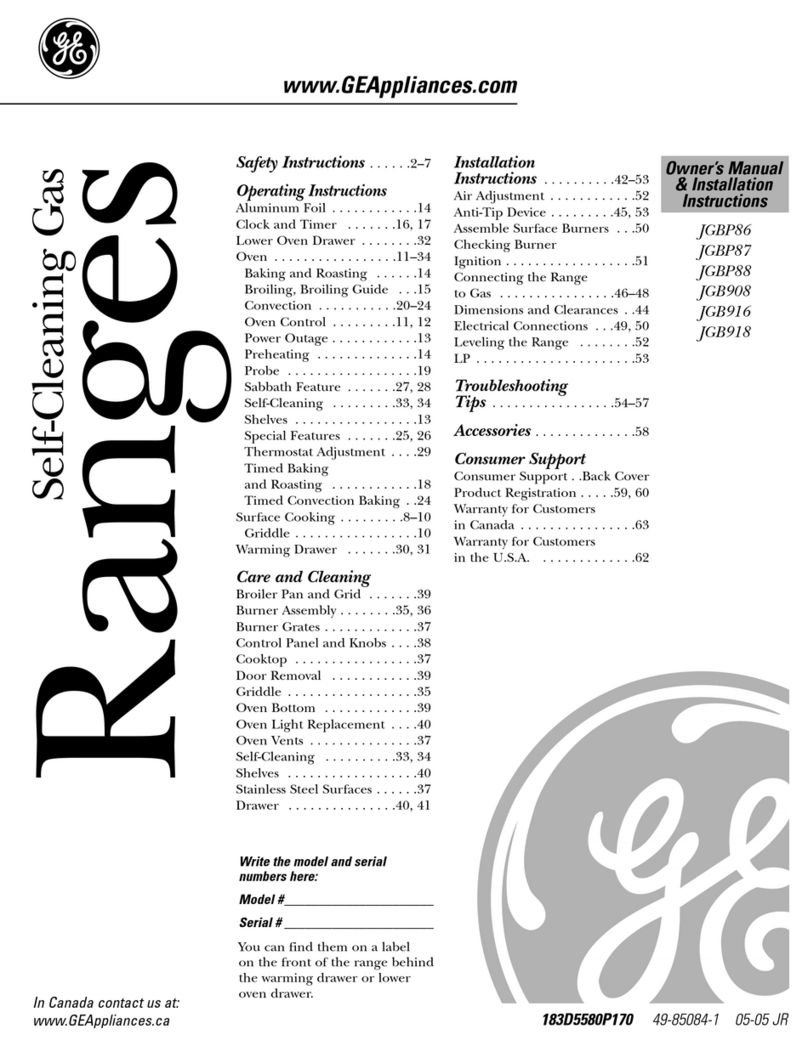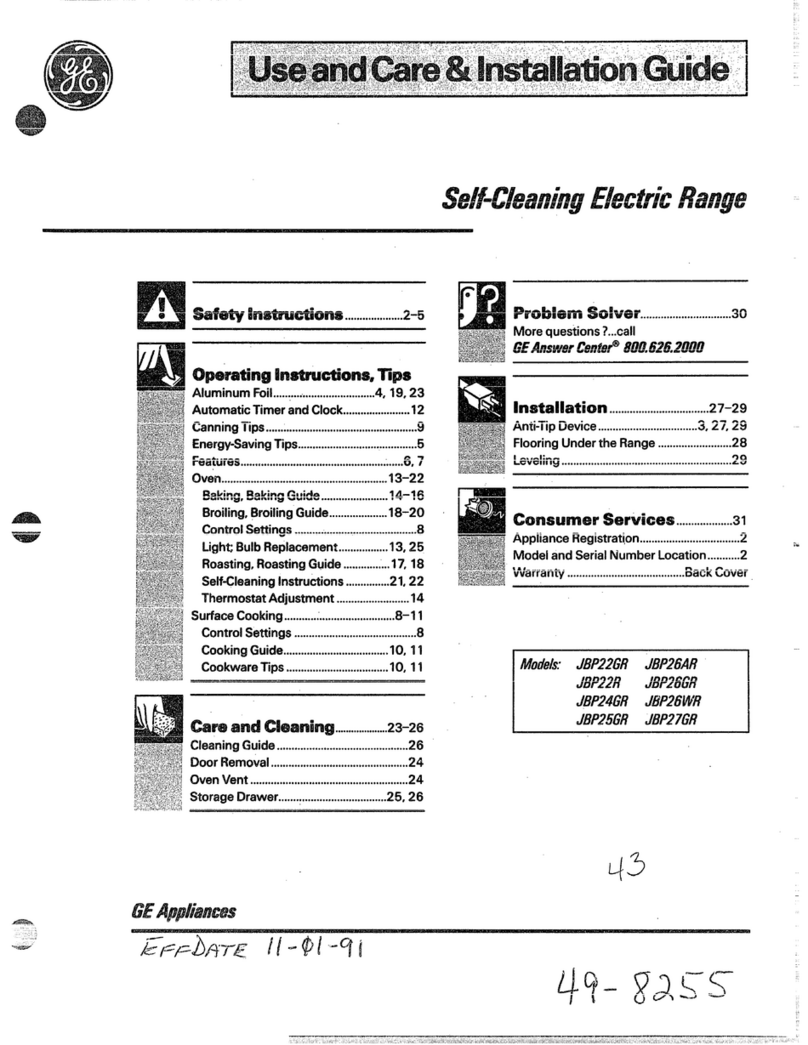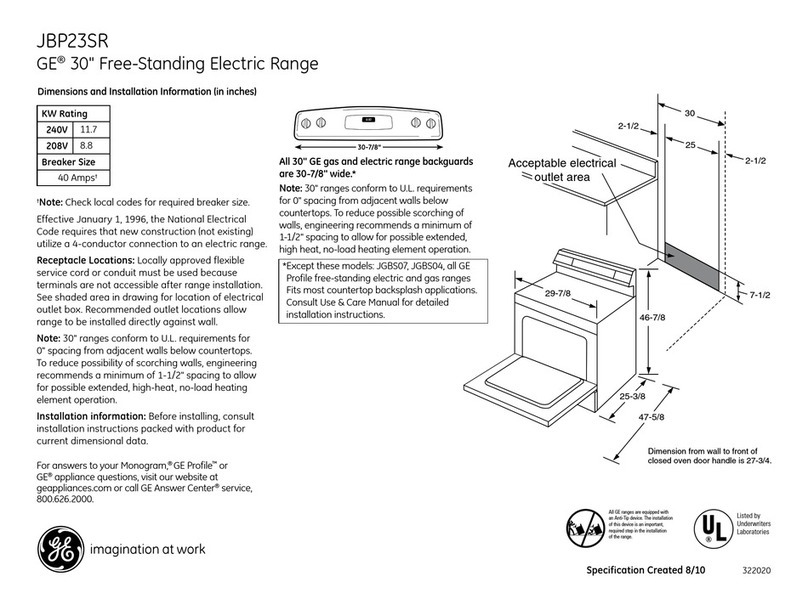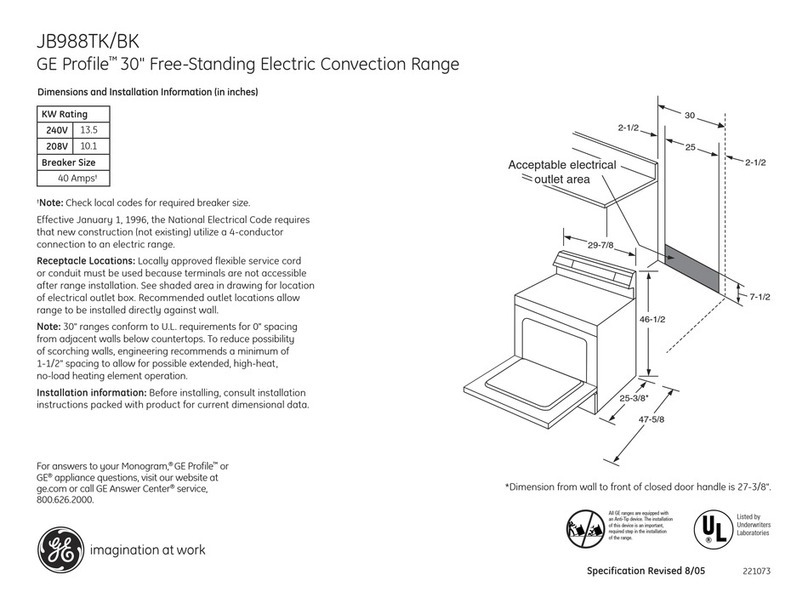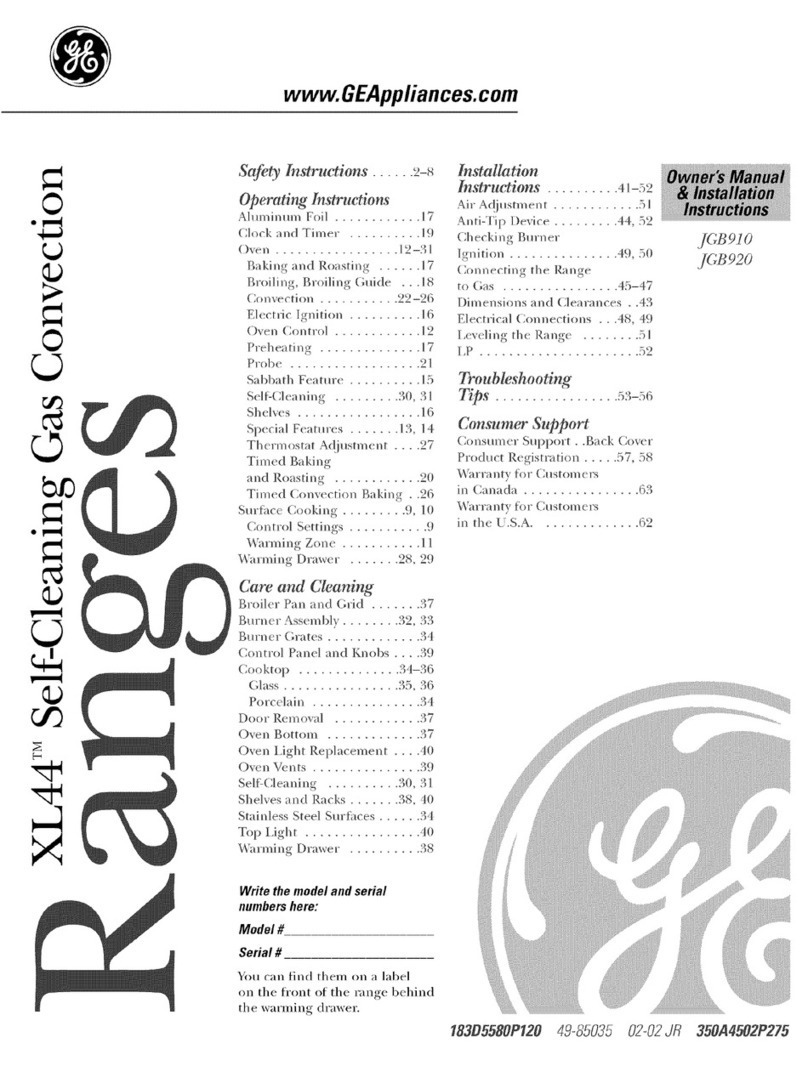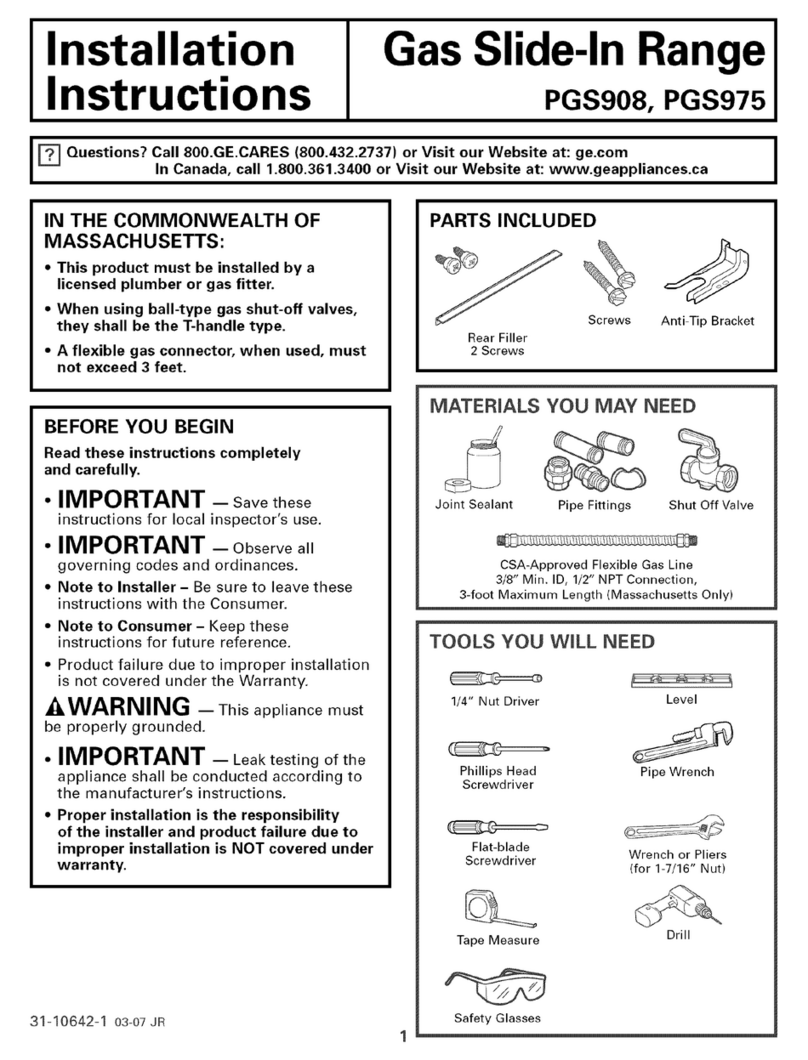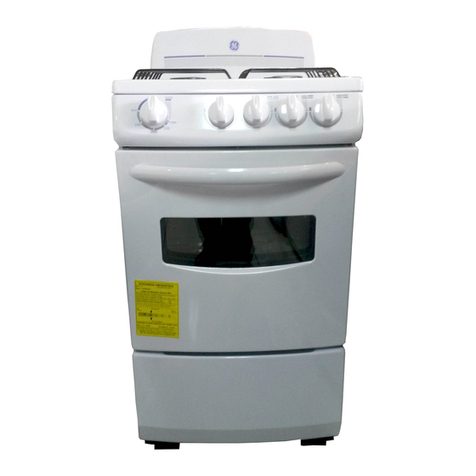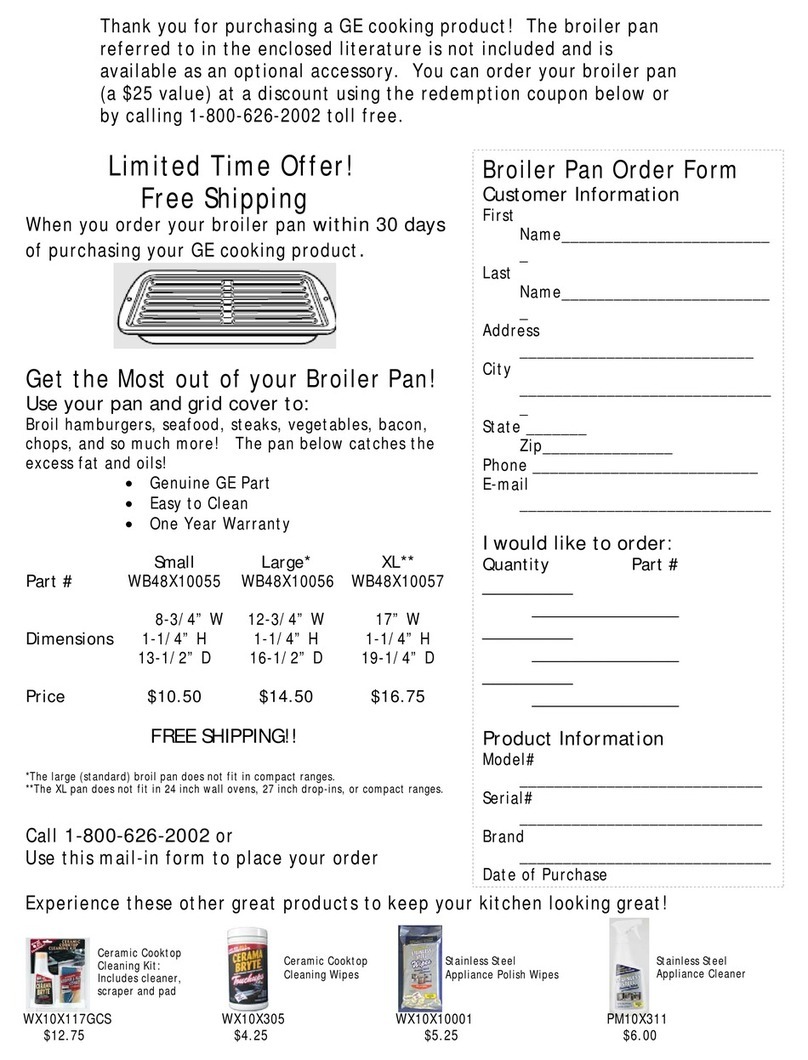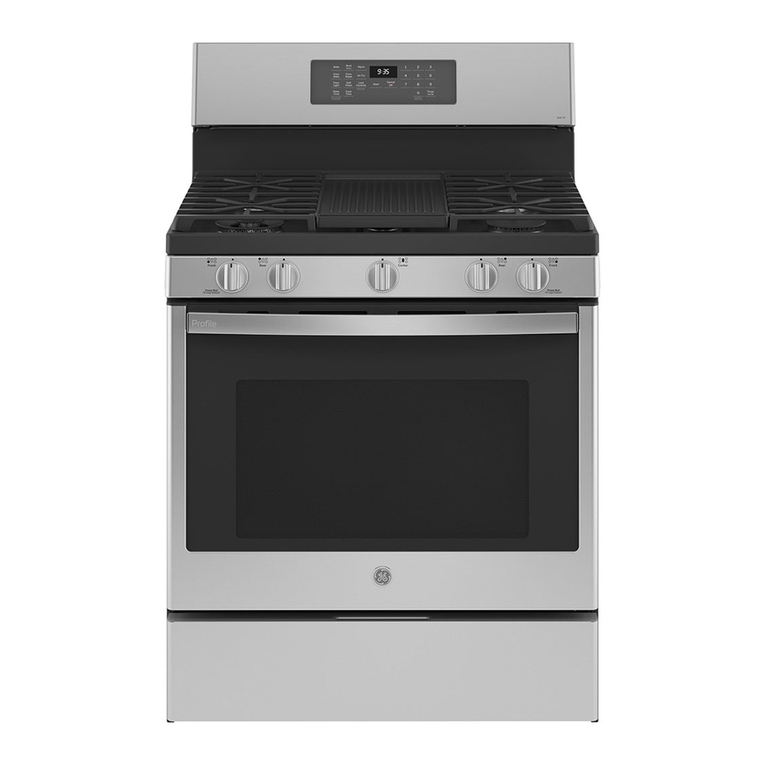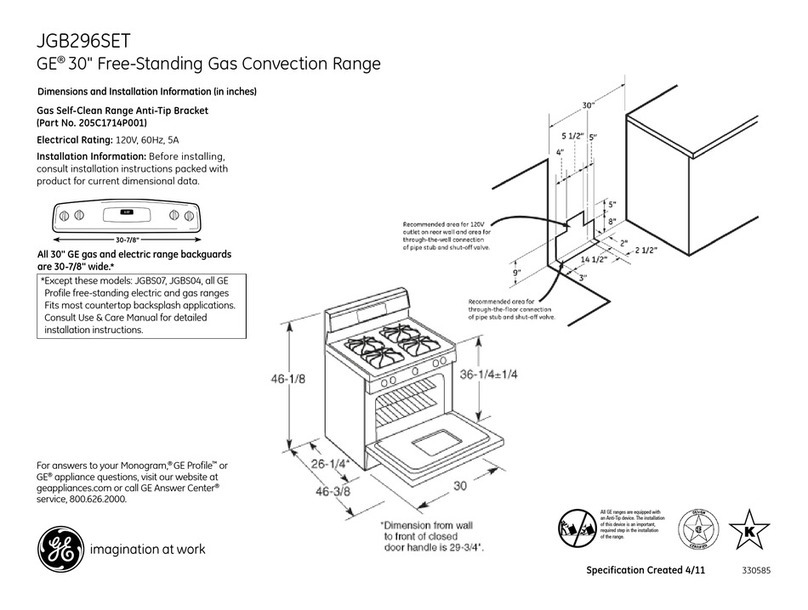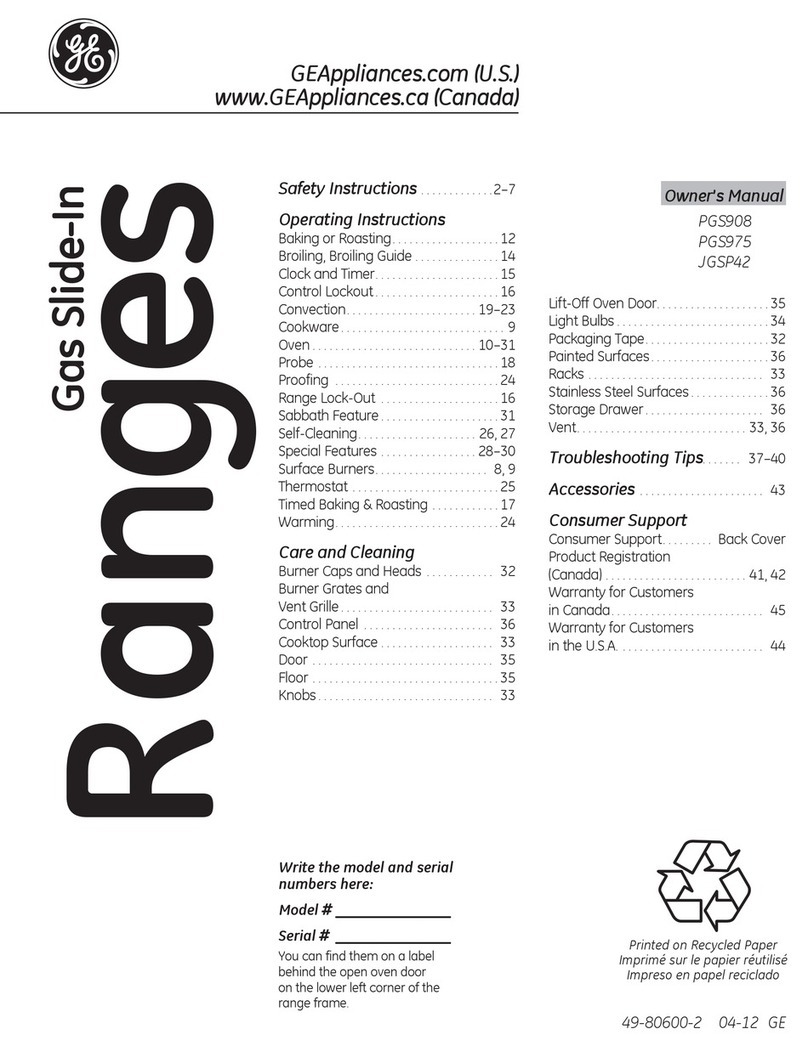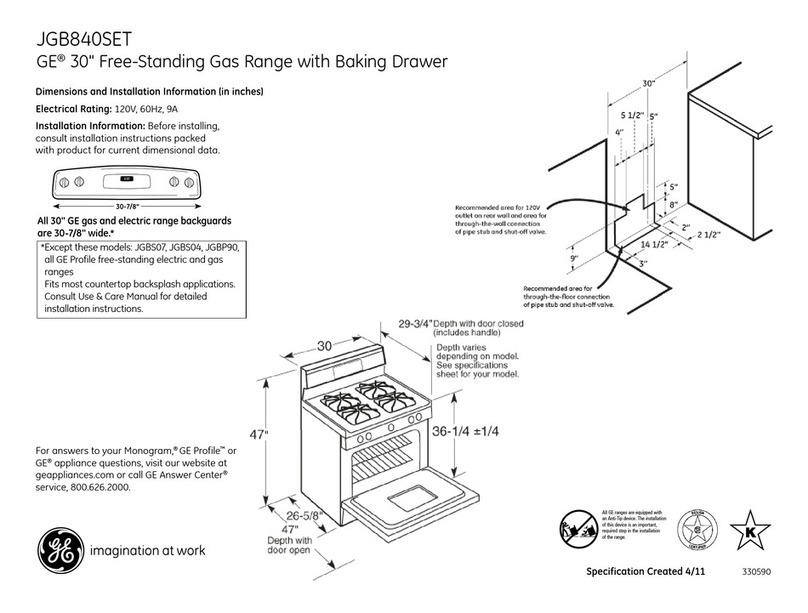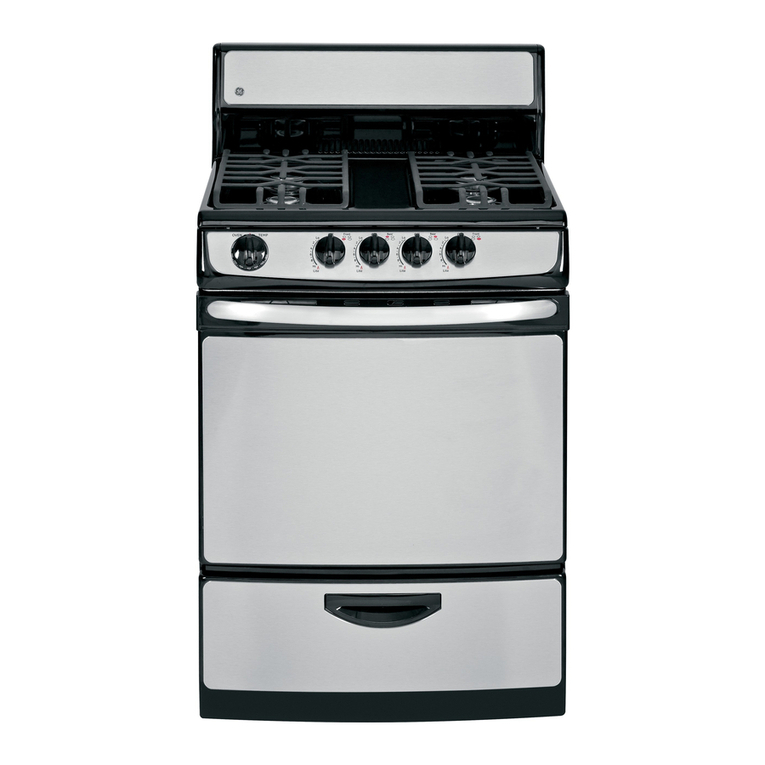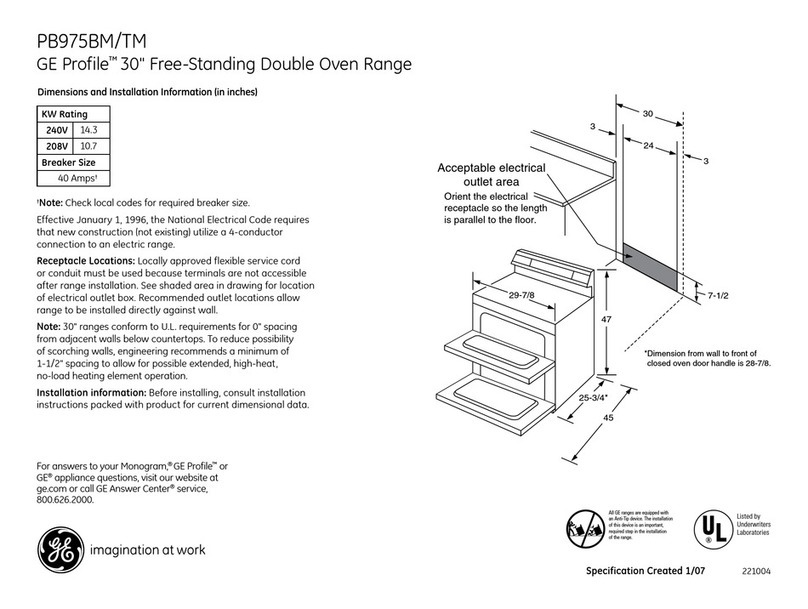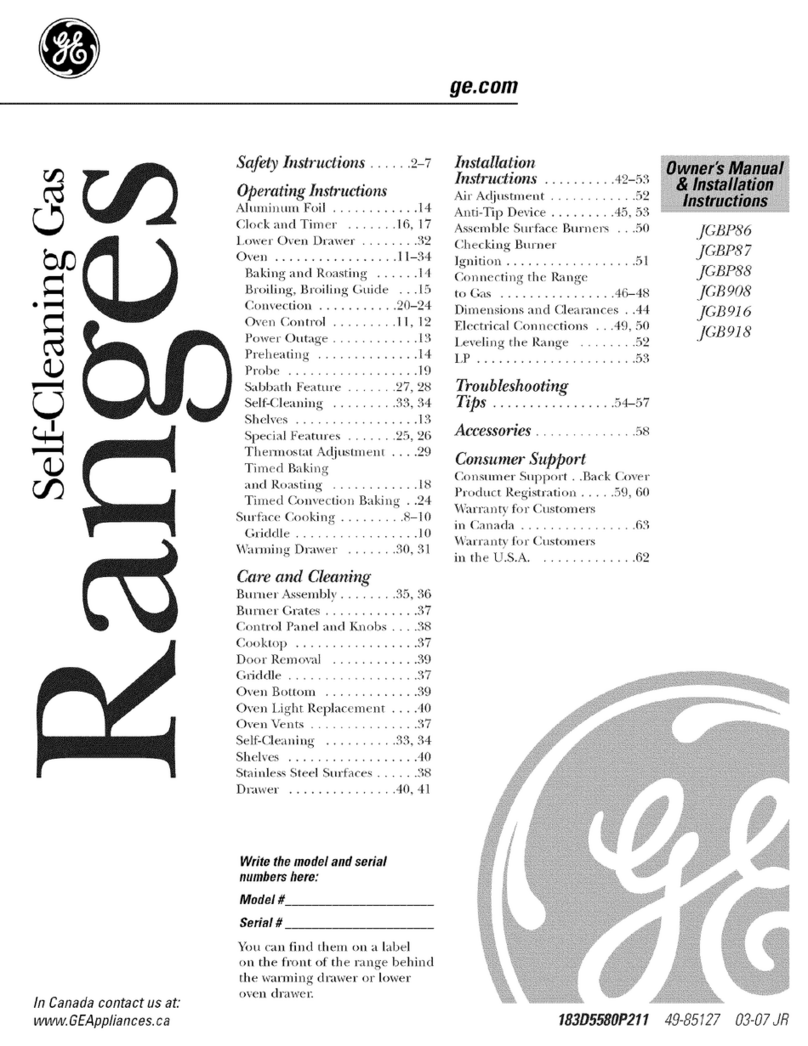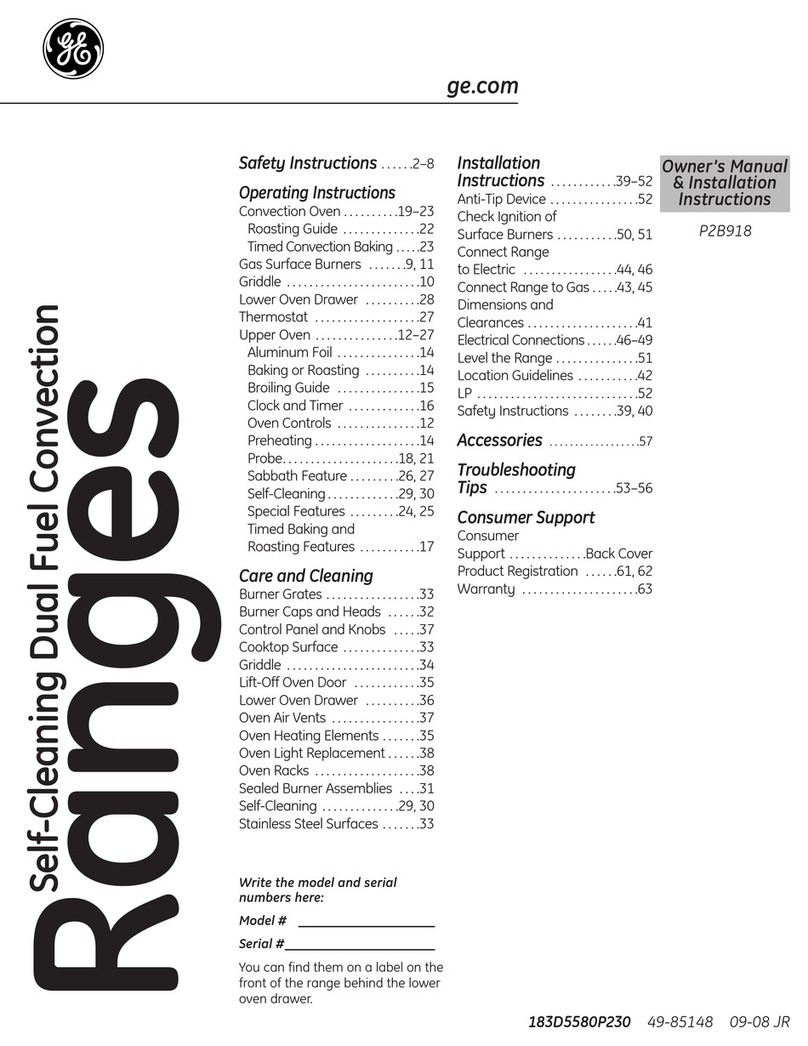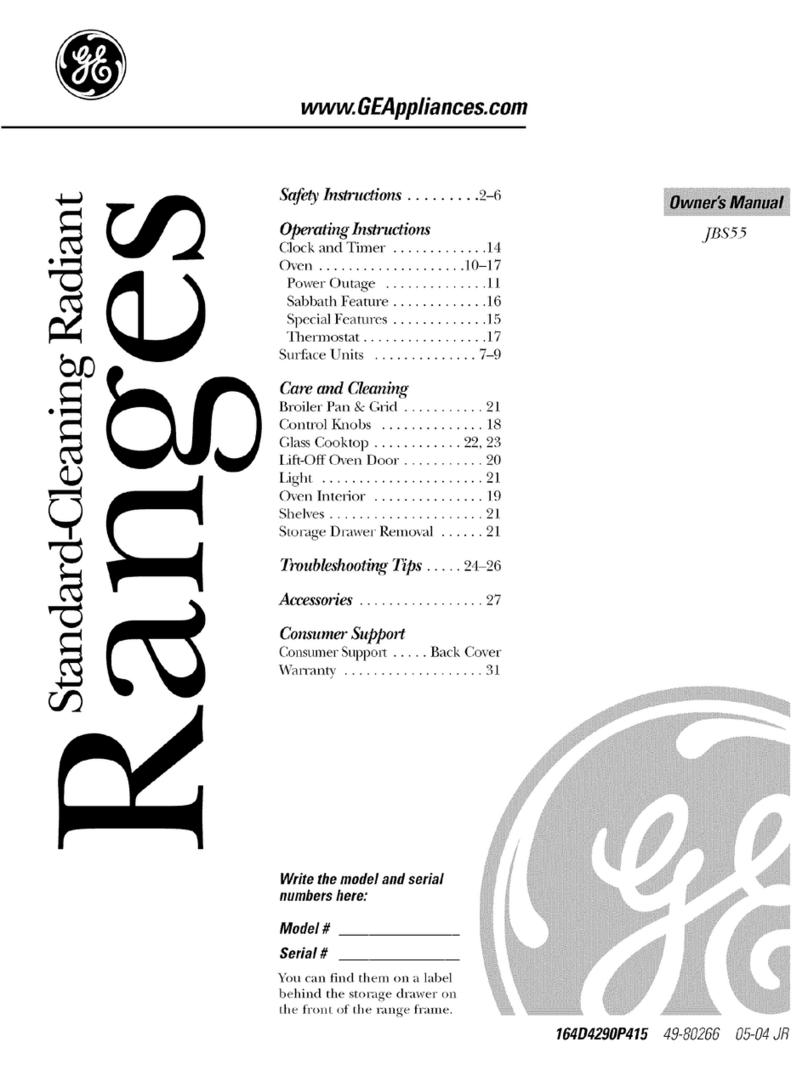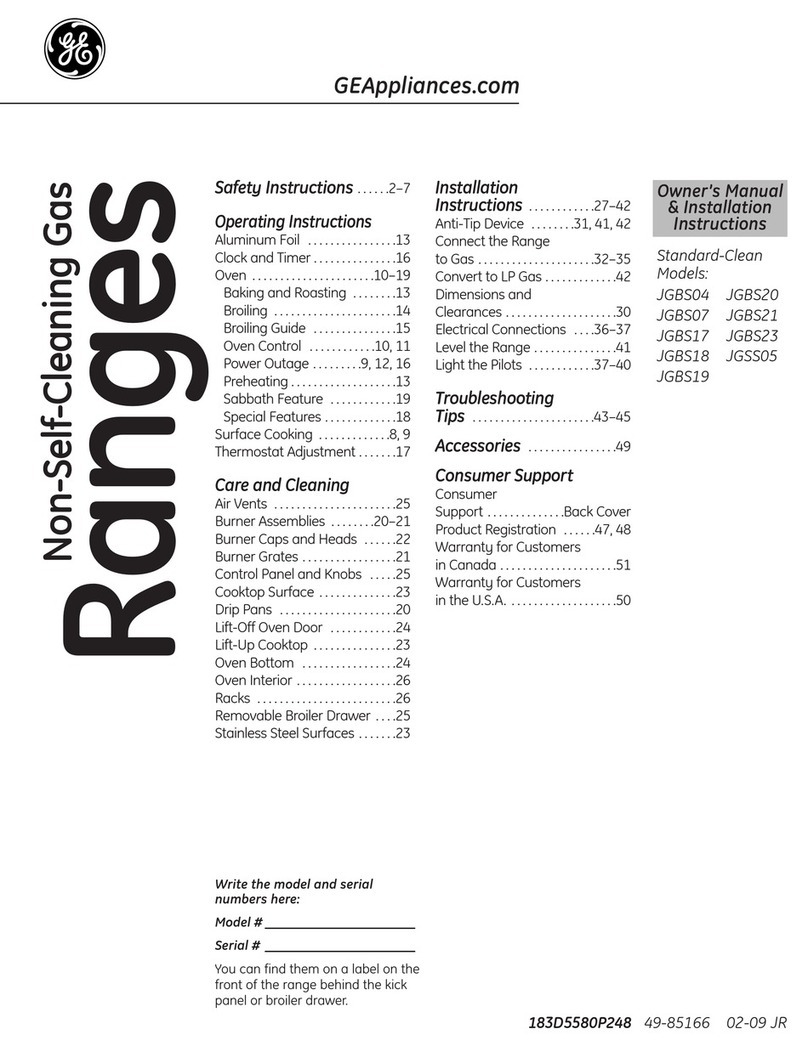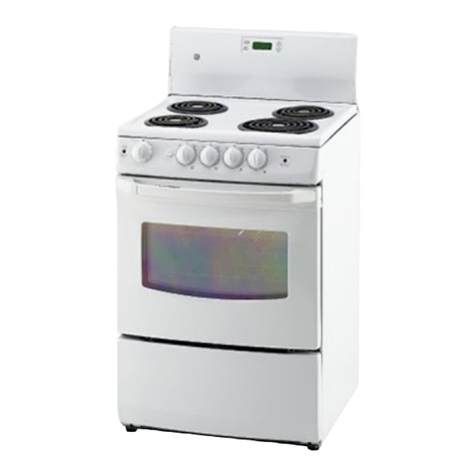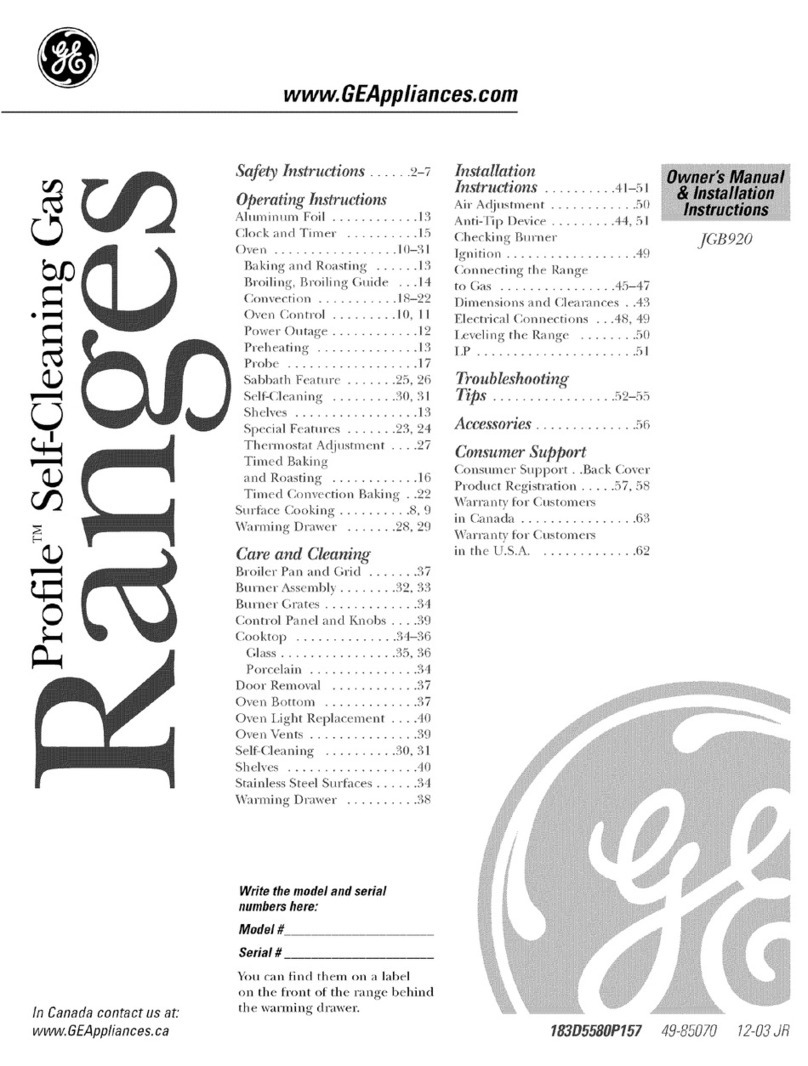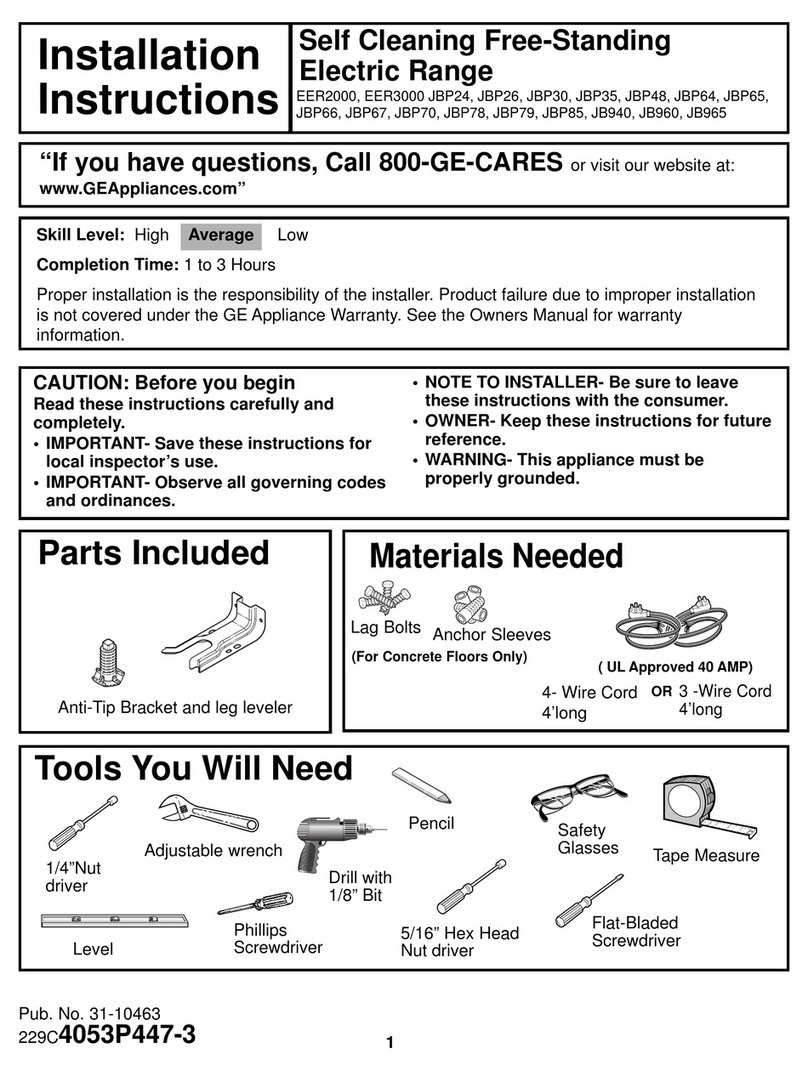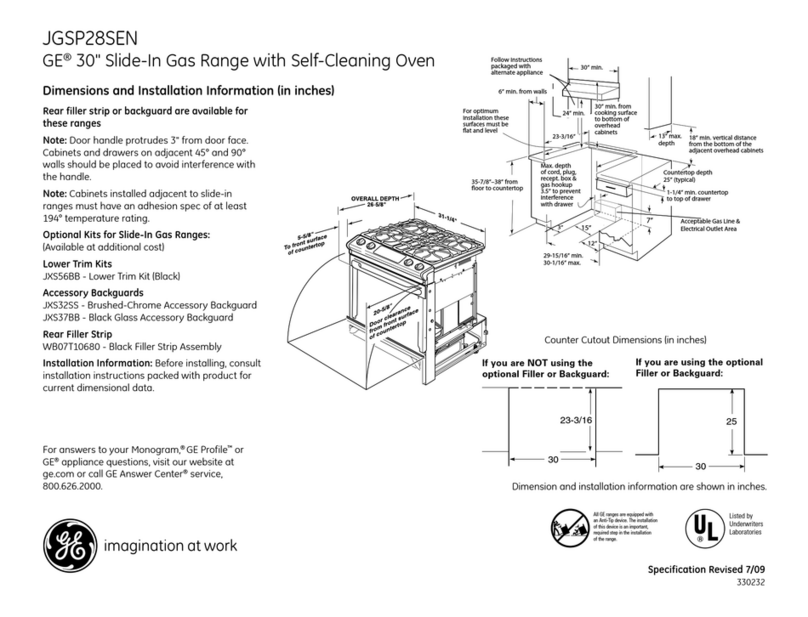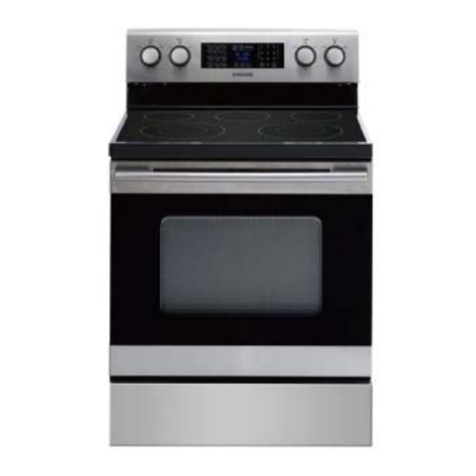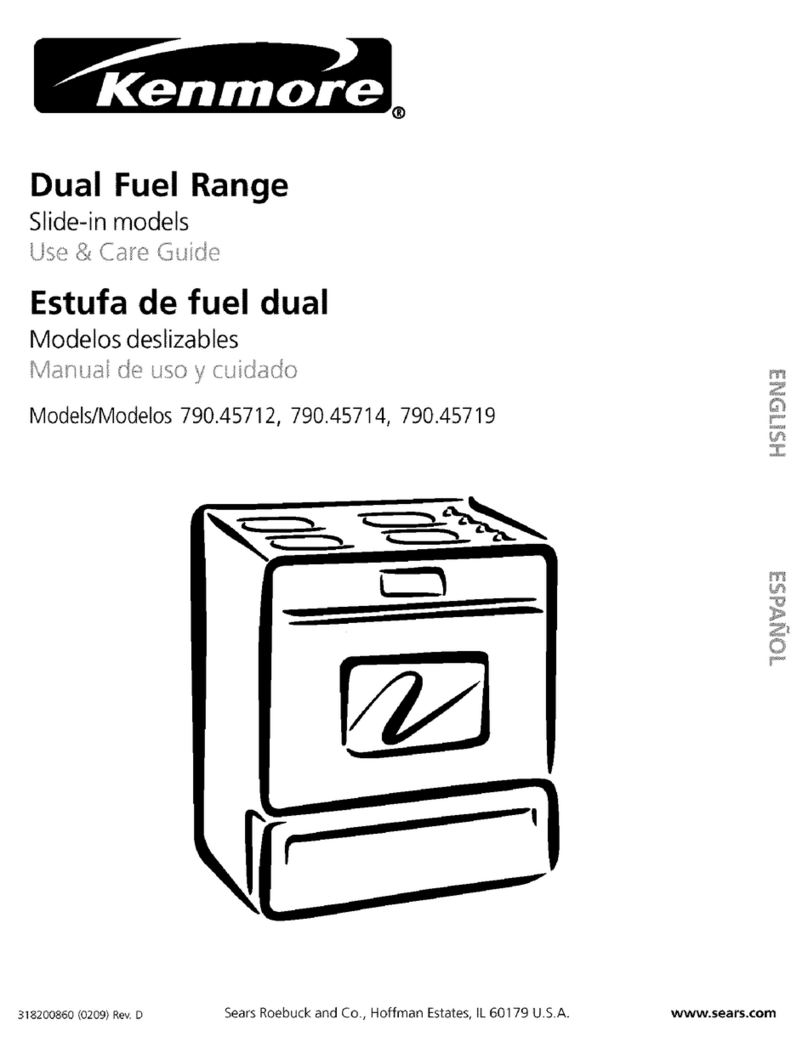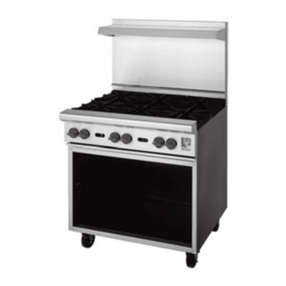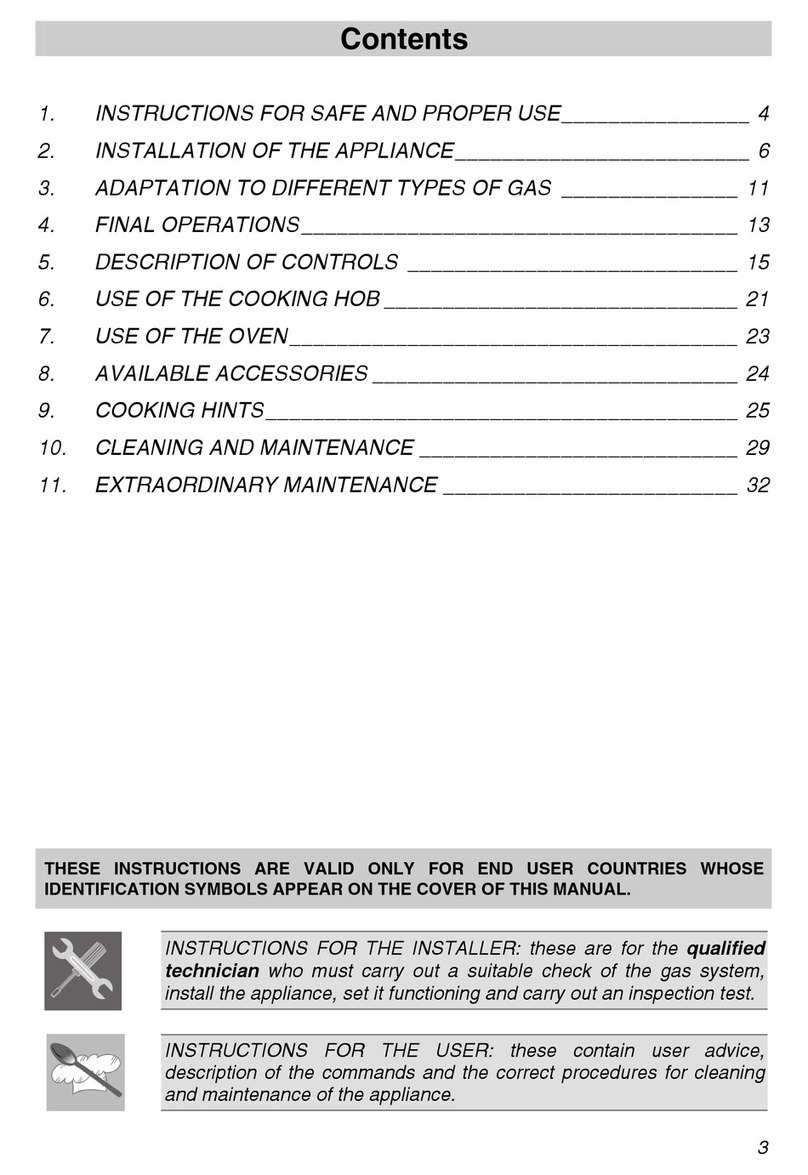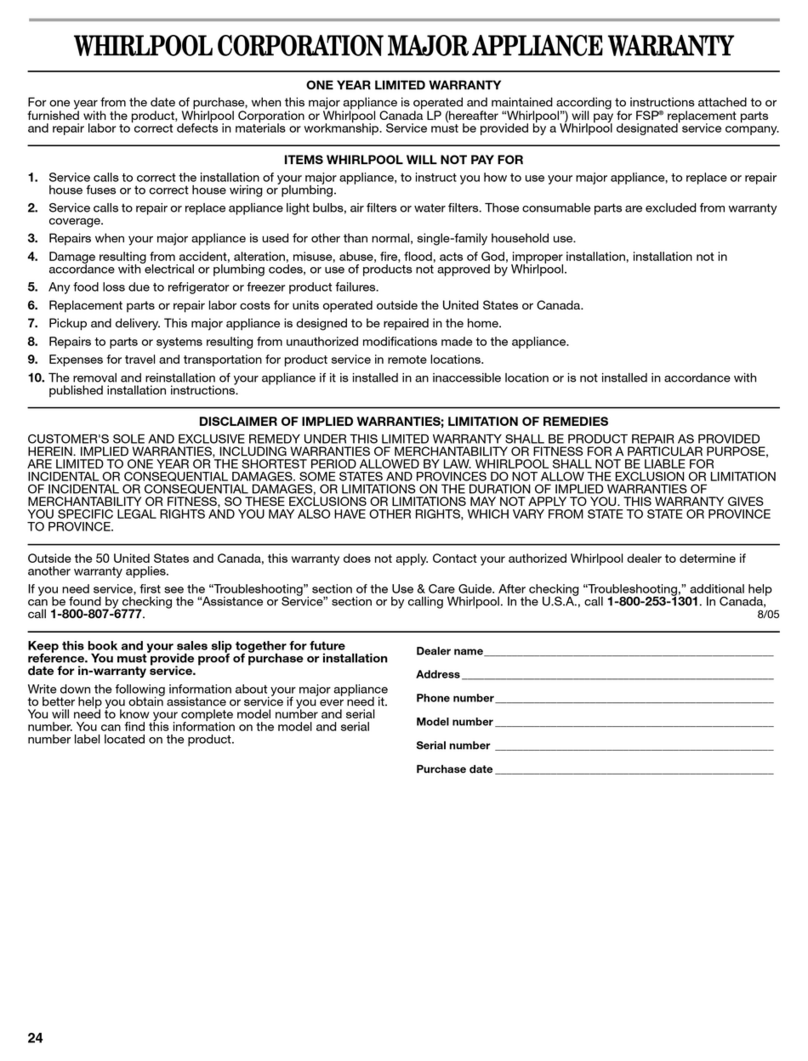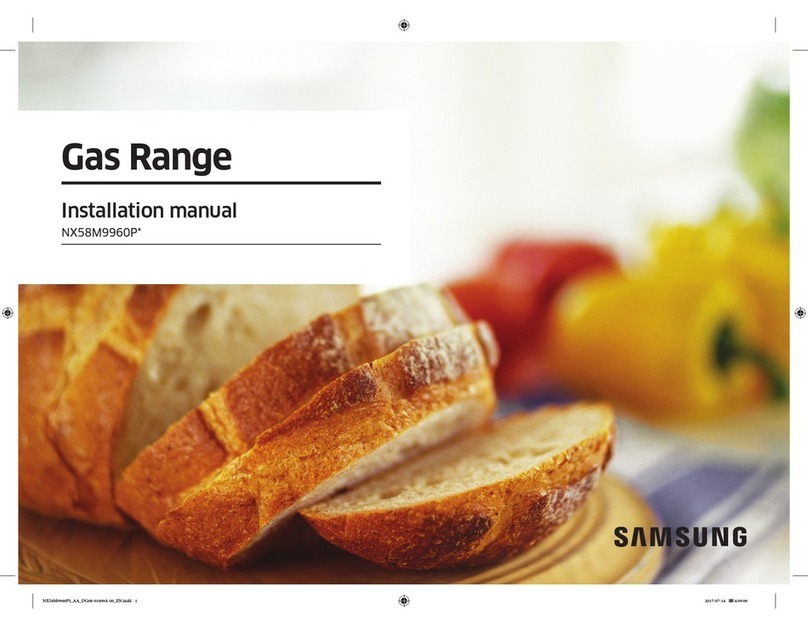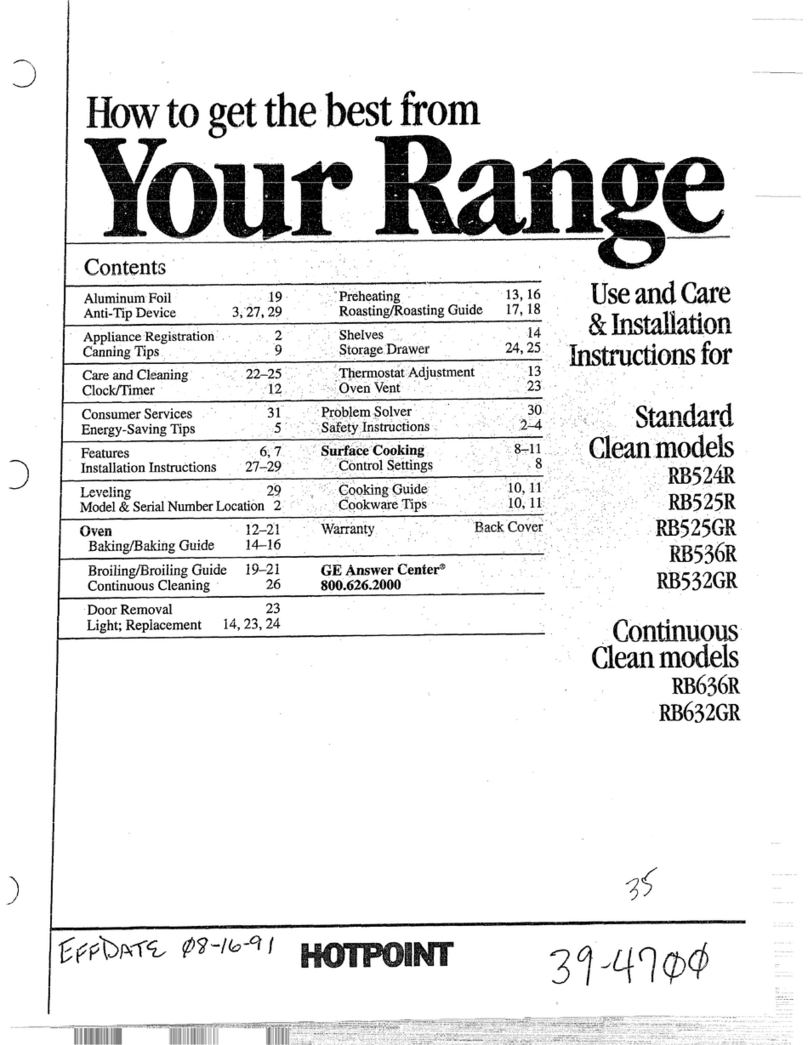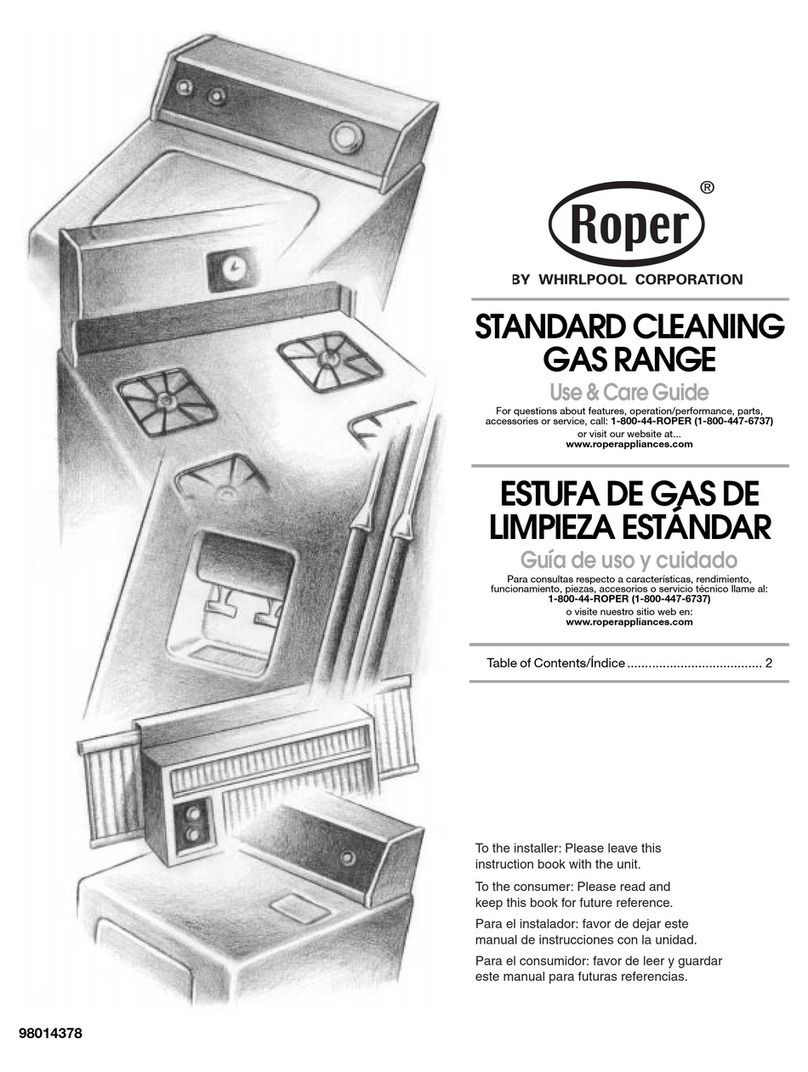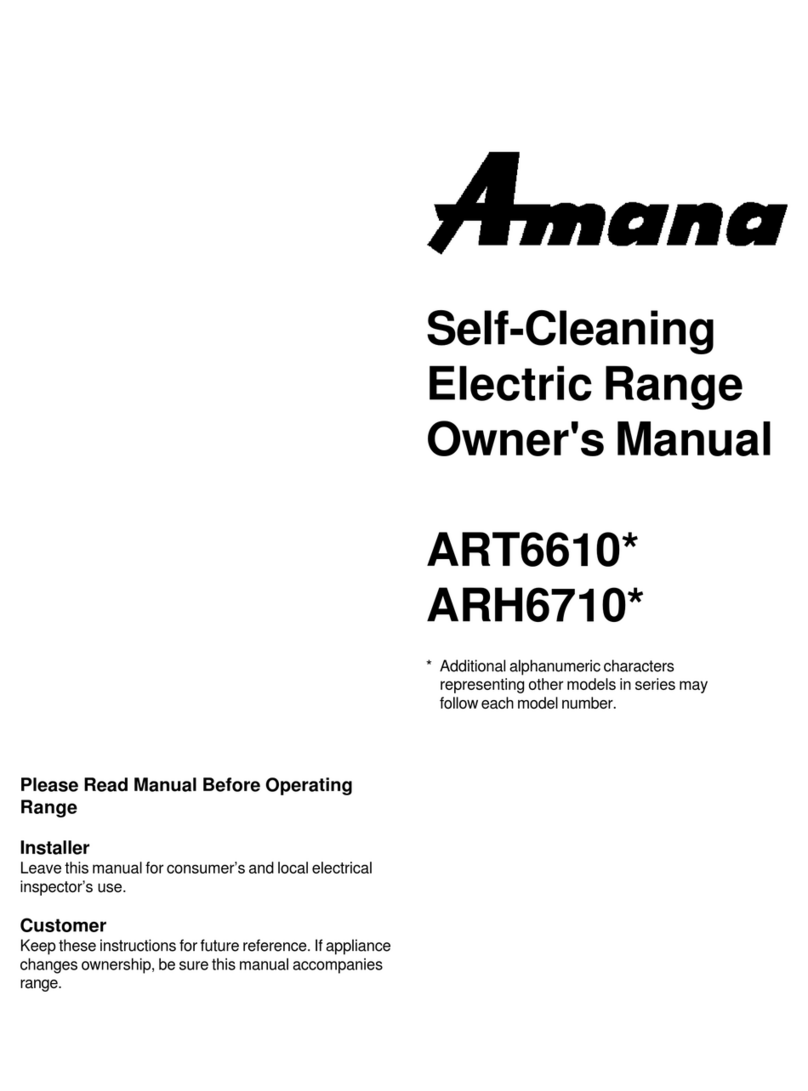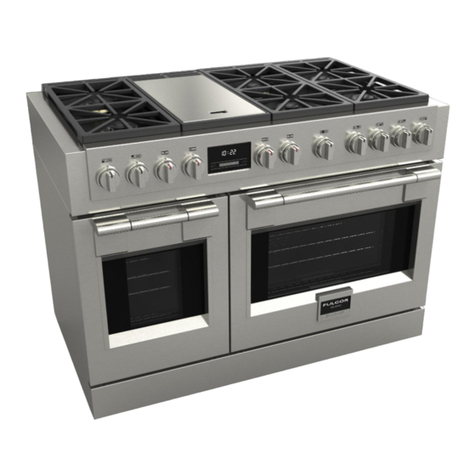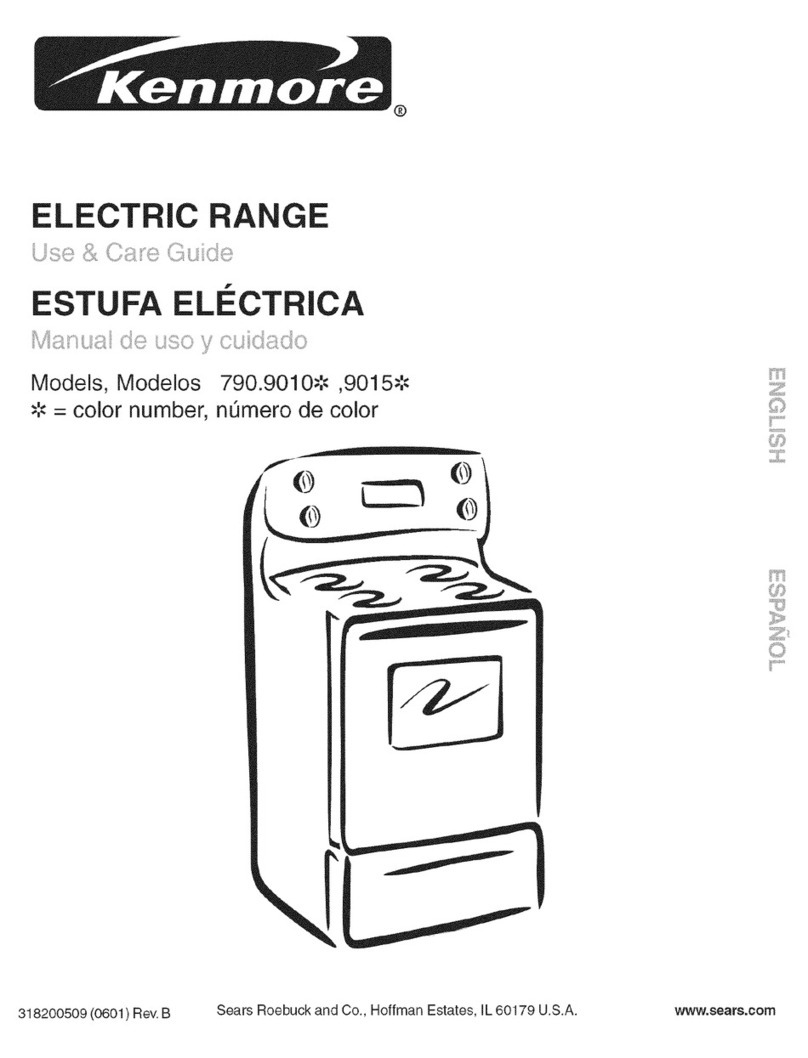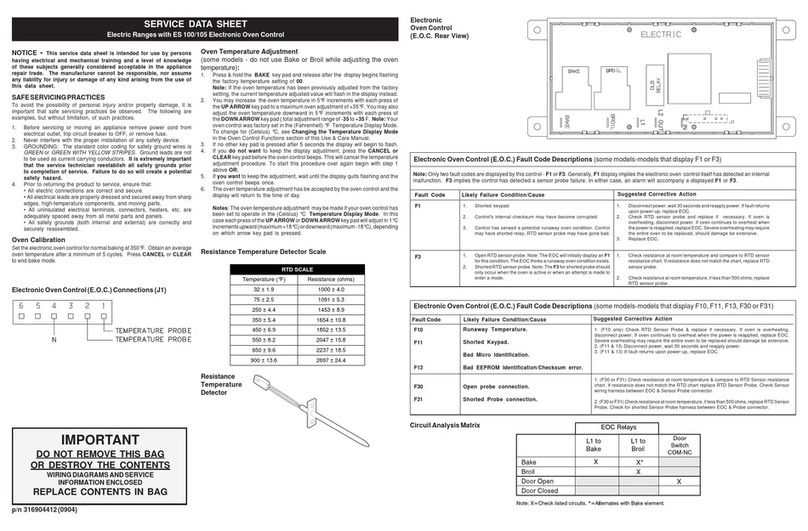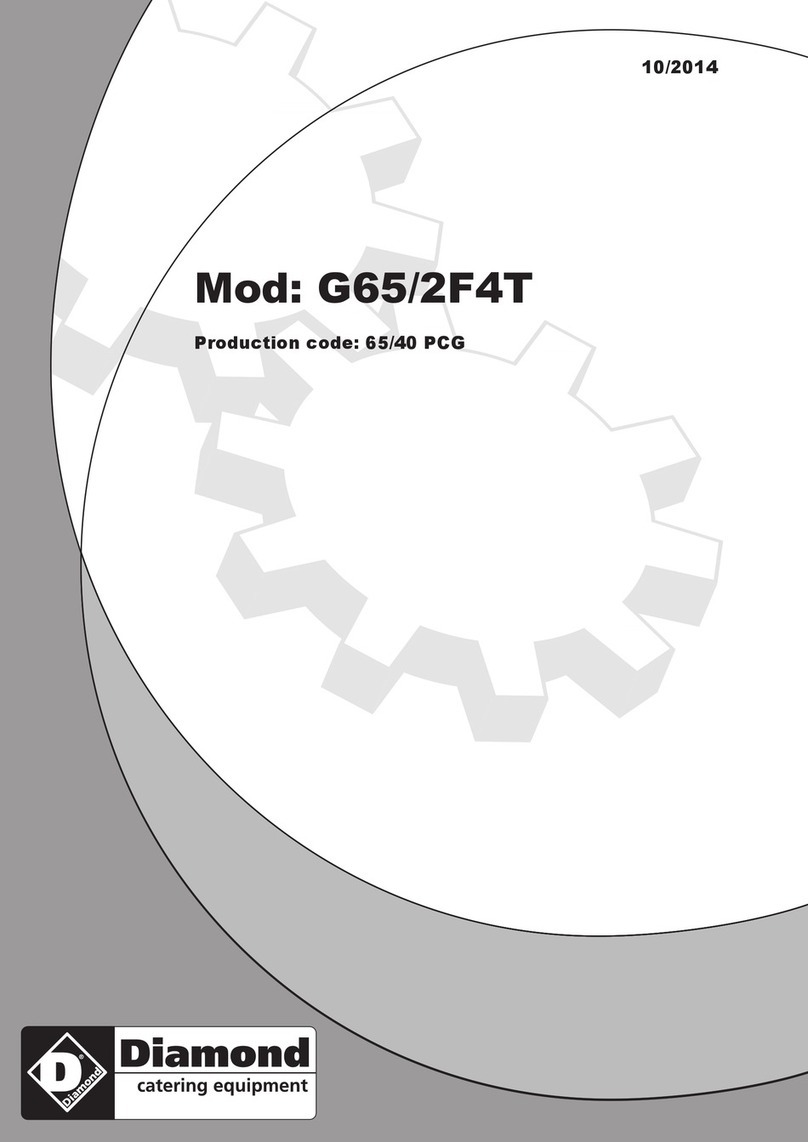GEAppliances.com
SURFACEUNITS
Useproper pan size-select cookware having flat bottomslarge enough to cover the surface unit
heating element Theuse of undersizedcookware will expose apordon of the surface unit to direct
contact and may result in ignition of clothing. Proper relationship of cookware tosurface unit will
alsoimprove efficiencg
Never leave the sm'thce units unattended at
high heat settings. Boilovers cause smoking
and greasy spiUovers that may catch on fire.
Only certain types of glass, ghtss/celamic,
earthenware or other glazed conudners are
suitable for cooktop service; others may
break because of the sudden change in
temperature.
Tu mininfize tile possihility of burns,
ignition of flammable materials and
spillage, the handle of a container should
be turned towm'd fl_e center of the range
without extending over nearby surface units.
Always turn the surf_.ce units off beffn'c
removing cookware.
When preparing flaming foo&s under the
hood, ttlrn tile fall on.
Use care when tuuching the cnoktnp. The
glas,s surface of the cooktnp will retain beat
after the controls ha',e been turned off.
Keep an we on funds being flied at high
or medium high heat settings.
Foods for flying should be as dry as
possible. Frost on frozen foods or moisture
on fresh fi)cds can cause hot fat to bubble
up and over the sides of the pan.
Use little Patfor effective sballow or deep
fat fr3"ing. Filling the pall too full of fat can
cause spillovers when food is added.
ff a combination of oils oi fats will be nsed
in fr3,ing, stir together before heating, or as
fats melt slowly.
Al_,q_ heat fat slowly, and watch as it heats.
Use a deep fat thermomt.ter whenever
pn._sthle to prevent nvedleadng tat beyond
die smoking poinu
A_oid scratching the gla__scooktop. The
cooktnp can be scratched with items such
_ts sharp instruments, lings nl €)the)
iewelD; and rivets on clnthing.
Do not operate the radiant surface units if
the glass is broken. Spilhwers or cleaning
solution may penetrate a broken cooktop
and create a risk of electrical shock.
Contact a qualified technidan immediately
shotfld )'our gla_sscooktop become broken.
,_ Never use the glass cooku)p surface as a
cutting board.
_) Do not place or store items that can melt
or catch fire nn the gl_s,scexlktup, €-wen
when it is not being used.
K!Be carefld when placing spoons or other
stirring utensils on glass cooktop surface
when it [s in rise. They may become hot
mM could cattse burns.
Clean the cooktop with caution. If a wet
sponge or cloth is used to wipe spills on a
hot surface unit. be careful to avoid stetun
burns. ,Some cleaners cart pnxtnce
noxious fumes if applied to a hot surface.
NOTE: We recommend that_vu avoid
wiping auy surface unit areas until they
have cooled and the indicator light hzts
gone off'. Sugarspillsare theexception
to this. Please see tbe Cleaning the glass
cooktop section.
_,qlen the cooktop is cool, )use only
C,EIL_-MA BR_'TE_ Ceramic Cooktop
Cleaner and the CEILAN,L_ BRYTE_
Cleaning Pad to clean the cooktop.
To a,,x_id possible damage to the cooking
surface, do not apply cleaning crt_mn to
tim glass snrtace when it is hoL
M'ter cleaning, use a dr3' cloth or paper
towel to remove all cleaning cream
residue.
Read and tbllnw all instructions and
_*zarnin_ on thc cleaning cream label_.
Large scratches or impacts to glass
dnnz_ or cooktops can lead to broken
or shattered glass.
5
